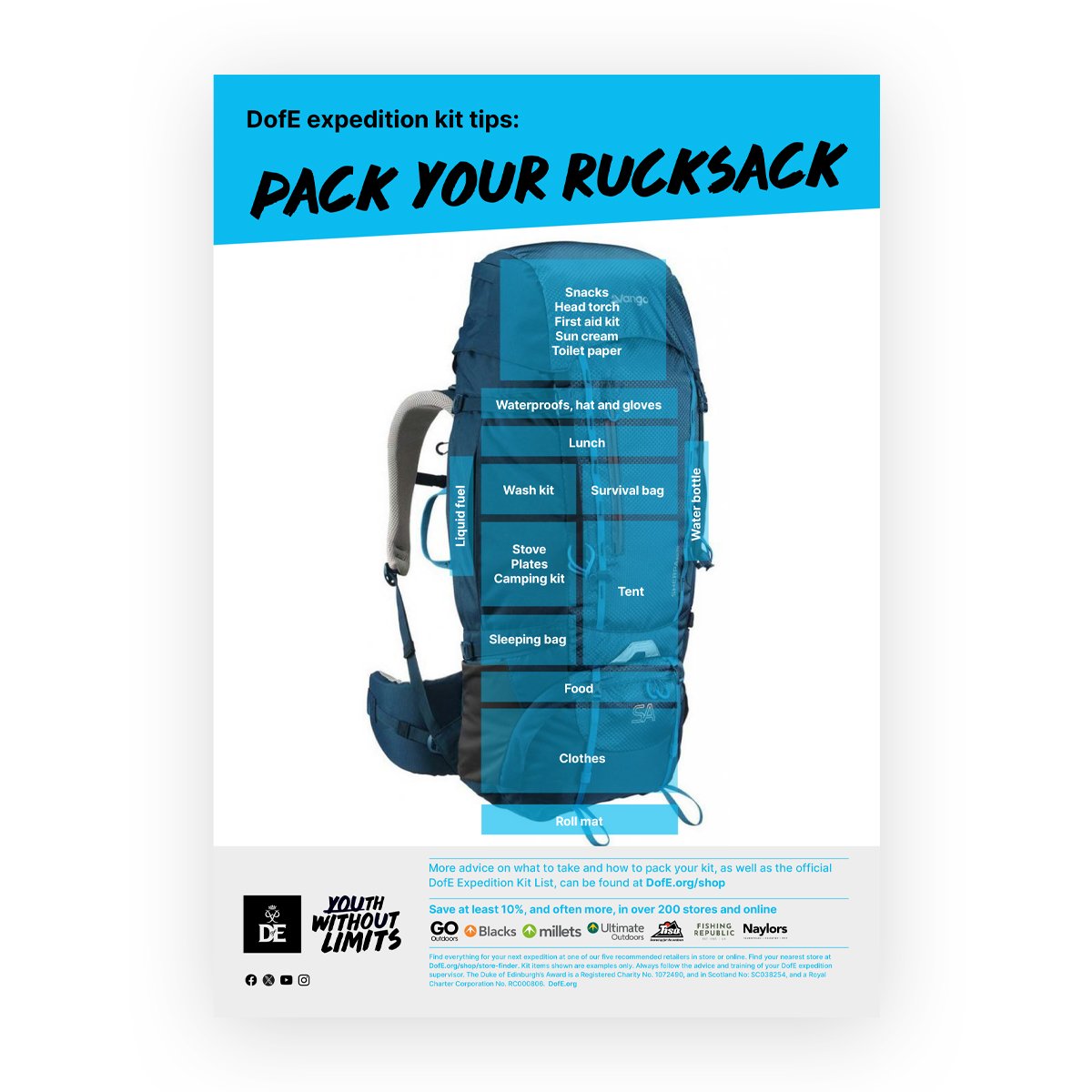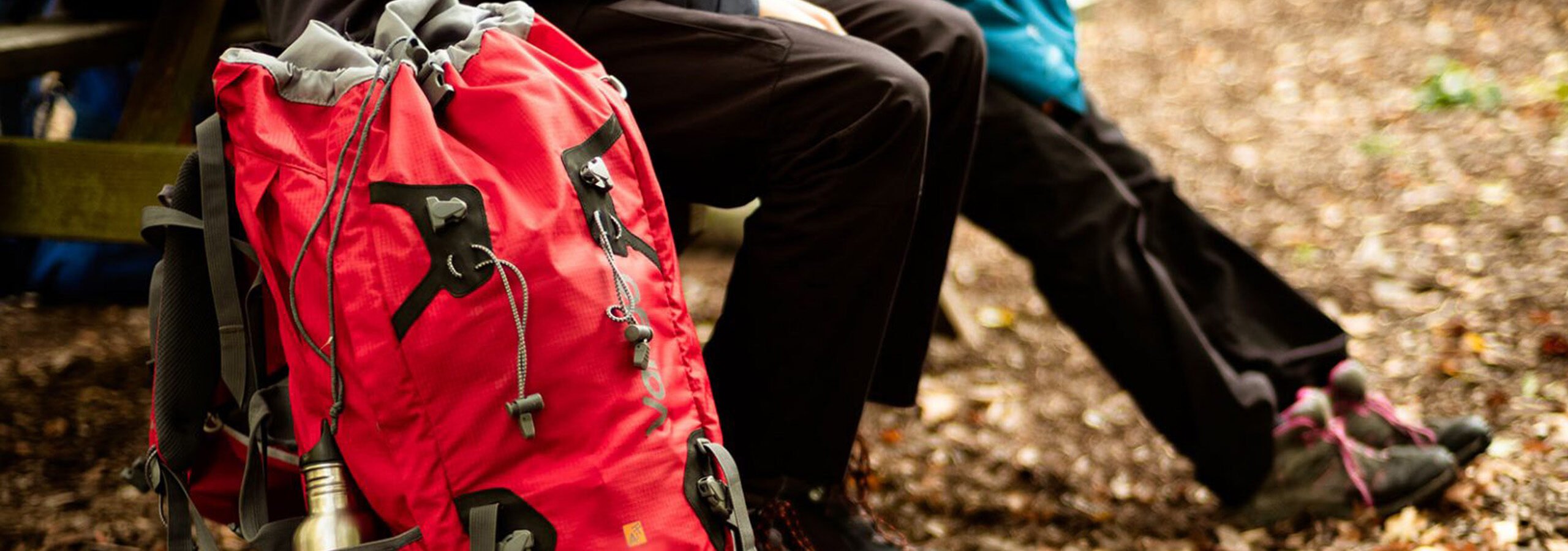
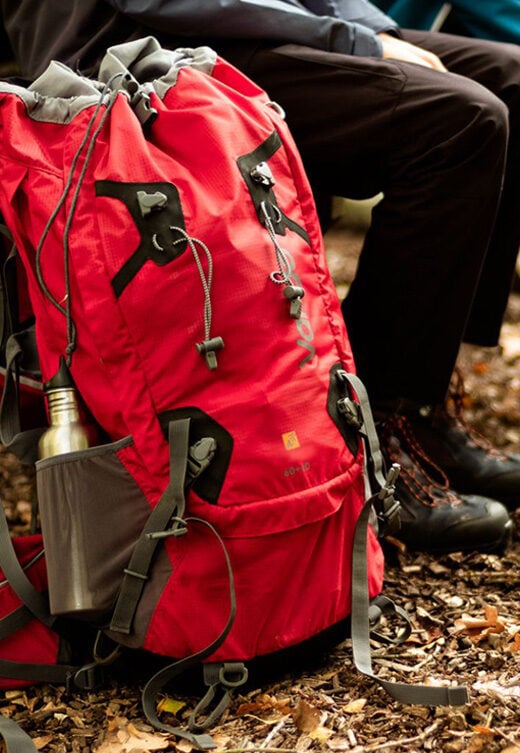
Rucksacks and Packing
Your rucksack is very important. Get it right, and it can make your expedition. Get it wrong, and you could be in for a long, uncomfortable journey.
Modern rucksacks are made from lightweight fabric, with lots of padding and pockets. They’re sized in litres and some have narrow straps for smaller people.
For DofE you’ll want at least 60 litres – maybe more for the Silver and Gold Awards. But, be careful not to overspend; more costly rucksacks are meant for months, not days, of travelling.
All Duke of Edinburgh’s Award recommended rucksacks have padded, breathable waist and shoulder straps, adjustable back systems and hi-vis waterproof covers.

Vango Contour Rucksack
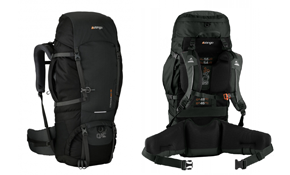
- Available sizes: 50:60S, 60:70
- Quick adjust back system
- Excel polyester
- Available colours: red/black/green
Vango Sherpa Rucksack
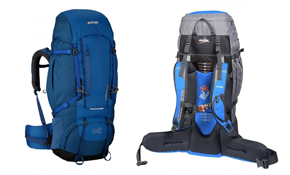
- Available sizes: 60:70, 60:70S, 65, 70:80
- Self adjust back system
- Excel polyester
- Available colours: red/black/blue
Vango Summit Rucksack
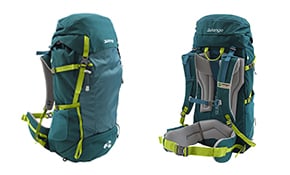
- Excel® Eco 600D- Recycled 600 Denier yarn, back coated with PU for a multi-purpose, robust fabric
- AirMesh on Rucksack Straps – Allows air to flow, keeping the user cool
- Detachable Rain Cover – included in the base of the pack to keep pack dry and aid visibility in low light
- Water Resistant Zipped Compartment – Designed to accommodate OS map
Fitting everything you need for an expedition into your rucksack can be your first challenge and it’s important to try and keep your stuff dry. When packing it’s worth taking precautions to waterproof your kit, so it doesn’t weigh you down when it’s wet.
Lifeventure Ultralight dry bags
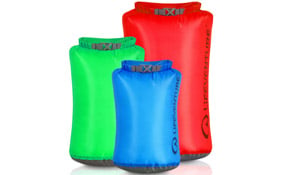
- Available in seven sized from 2-70 litres
- Roll top to squeeze air out
- Buckle lock
Silva M30 Carry Dry Map Case
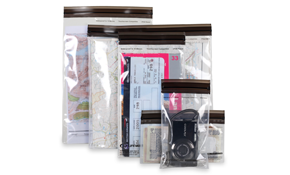
- Waterproof – keeps maps and equipment safe
- Compartment size: 300mm x 300mm
- Quick and easy closure system
- Pack your bag in the order you will want your kit. Remember last in, first out.
- Use up any gaps to help keep kit stable in the bag.
- Ensure the heaviest kit is close to your back and balanced on each side, such as your tent.
- Make sure your rucksack transfers the weight of your kit to your hips and not on your shoulders.
- Try to get all your kit inside your bag. If you have a large roll mat, you can tie it securely to the outside.
- You can get a free professional rucksack fitting before you buy at your nearest GO Outdoors, Blacks, Millets, Ultimate Outdoors or Tiso store. Find your nearest store.
- Always use your waterproof cover if it’s raining.
- Dry anything before it goes into the bag if you can – this will help save weight.
- Treat your rucksack regularly with Nikwax waterproofing to keep water away from your clothes.
- If you are unlikely to use the rucksack again, use a bin bag or garden waste bag as a cheap alternative to dry bags.
- Borrow a rucksack, but don’t use a bag that’s too old, the wrong size or not waterproof – it’s just not worth it.
- Use your DofE Card to save at least 10% on expedition kit at our recommended retailers. Find your nearest store.
Participants

Adults

How to pack your rucksack poster
Fitting everything you need for an expedition into your rucksack can be the first challenge and it’s important to keep your stuff dry.
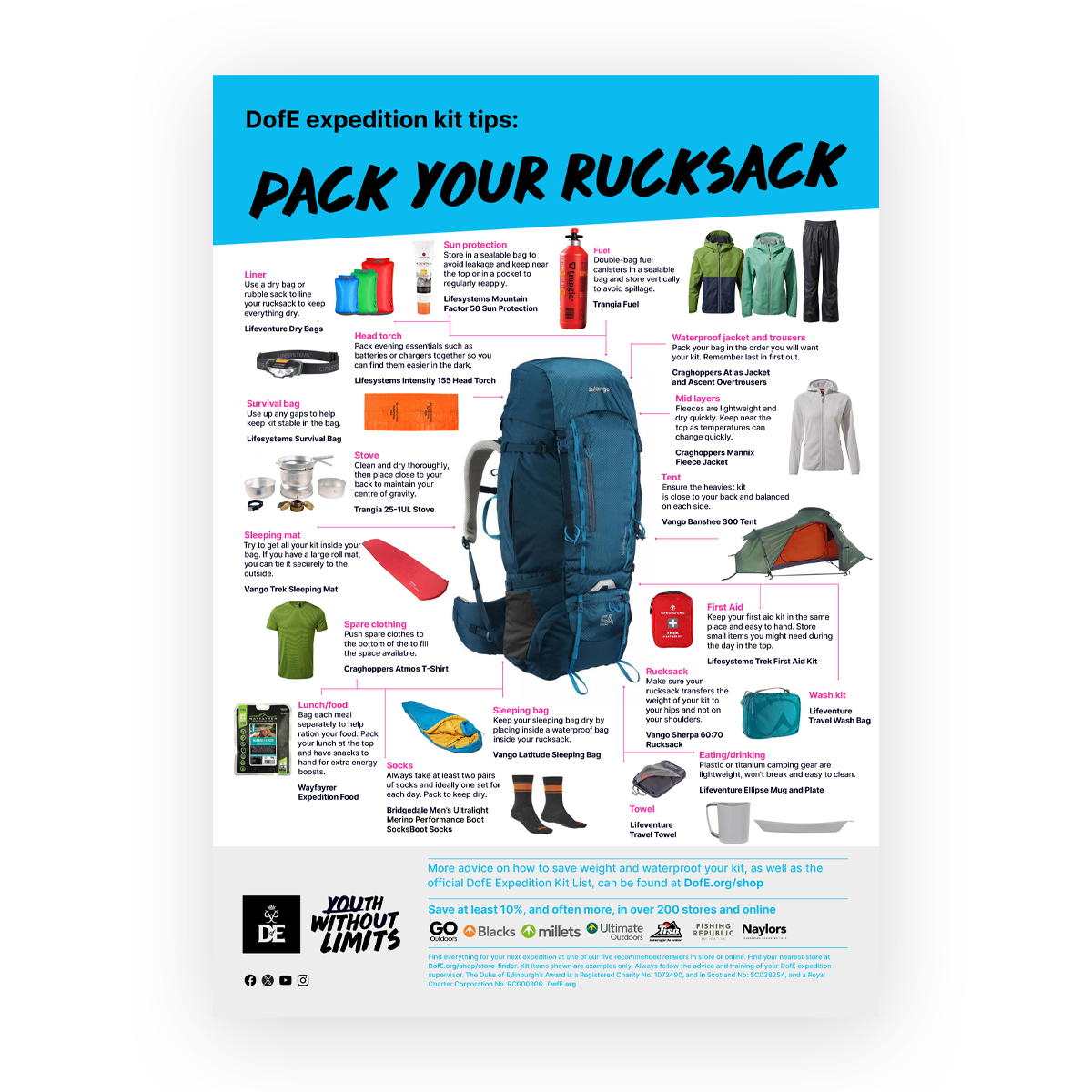
A rucksack packing guide
It’s worth packing different kit in certain areas of a rucksack, for easy access when needed.
